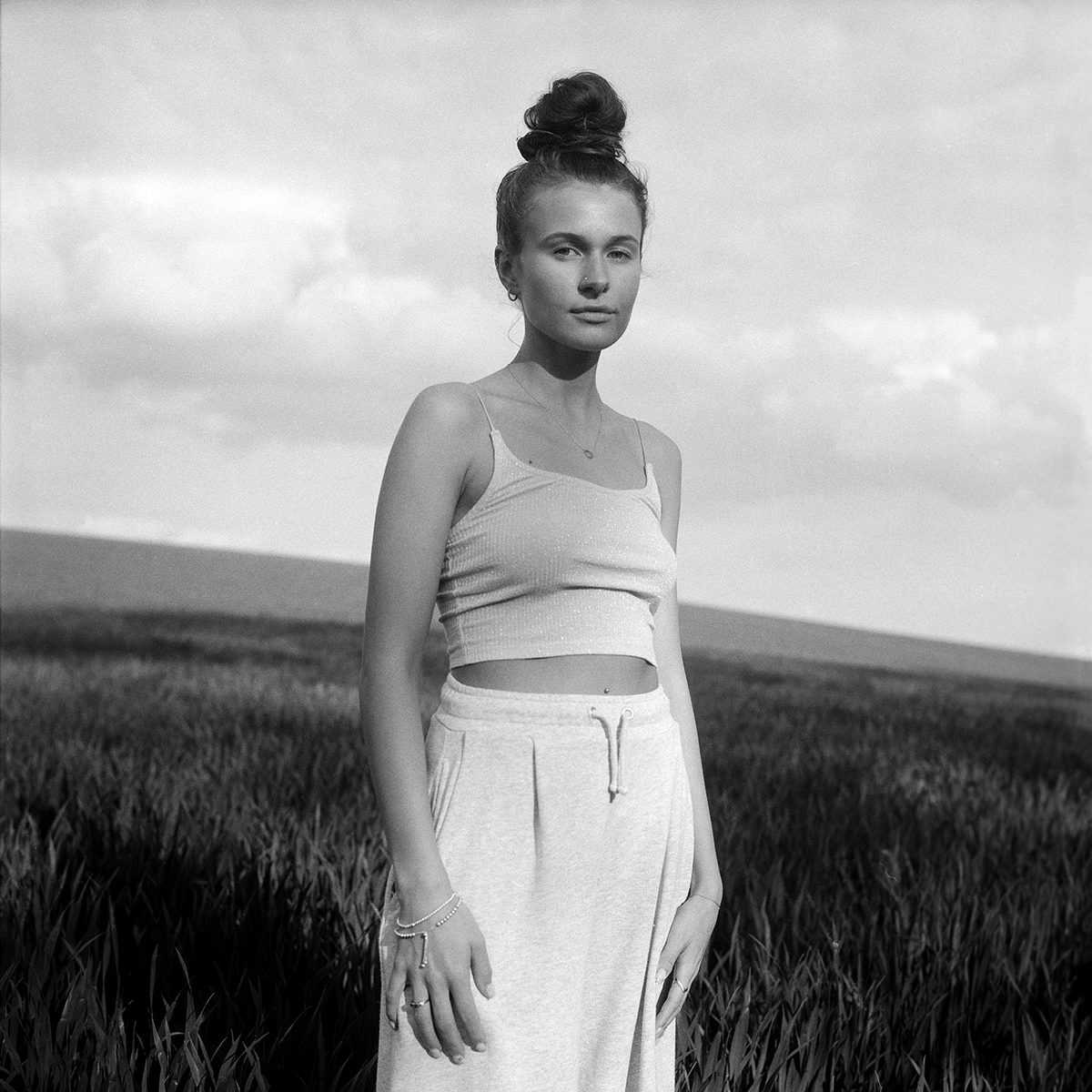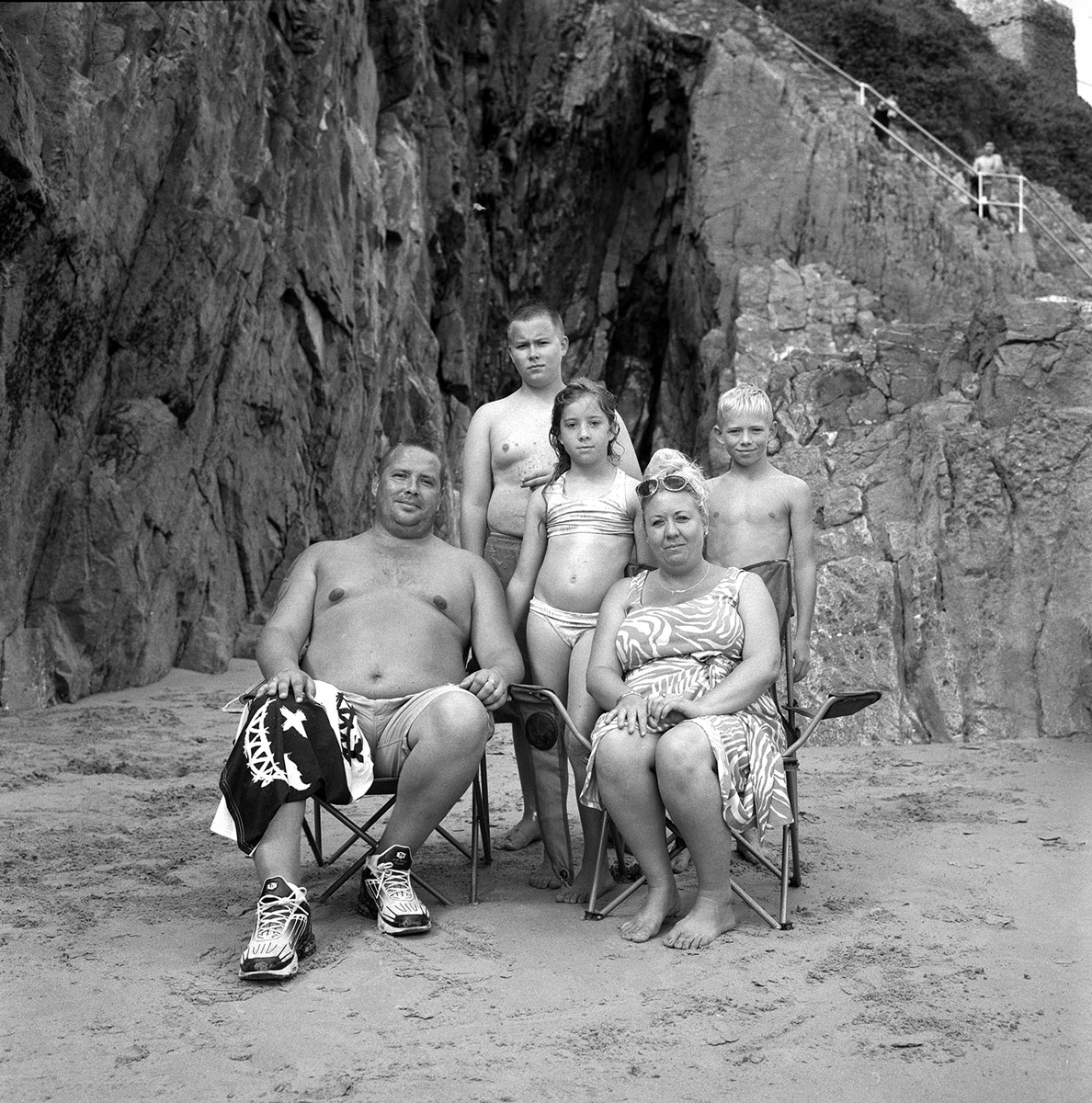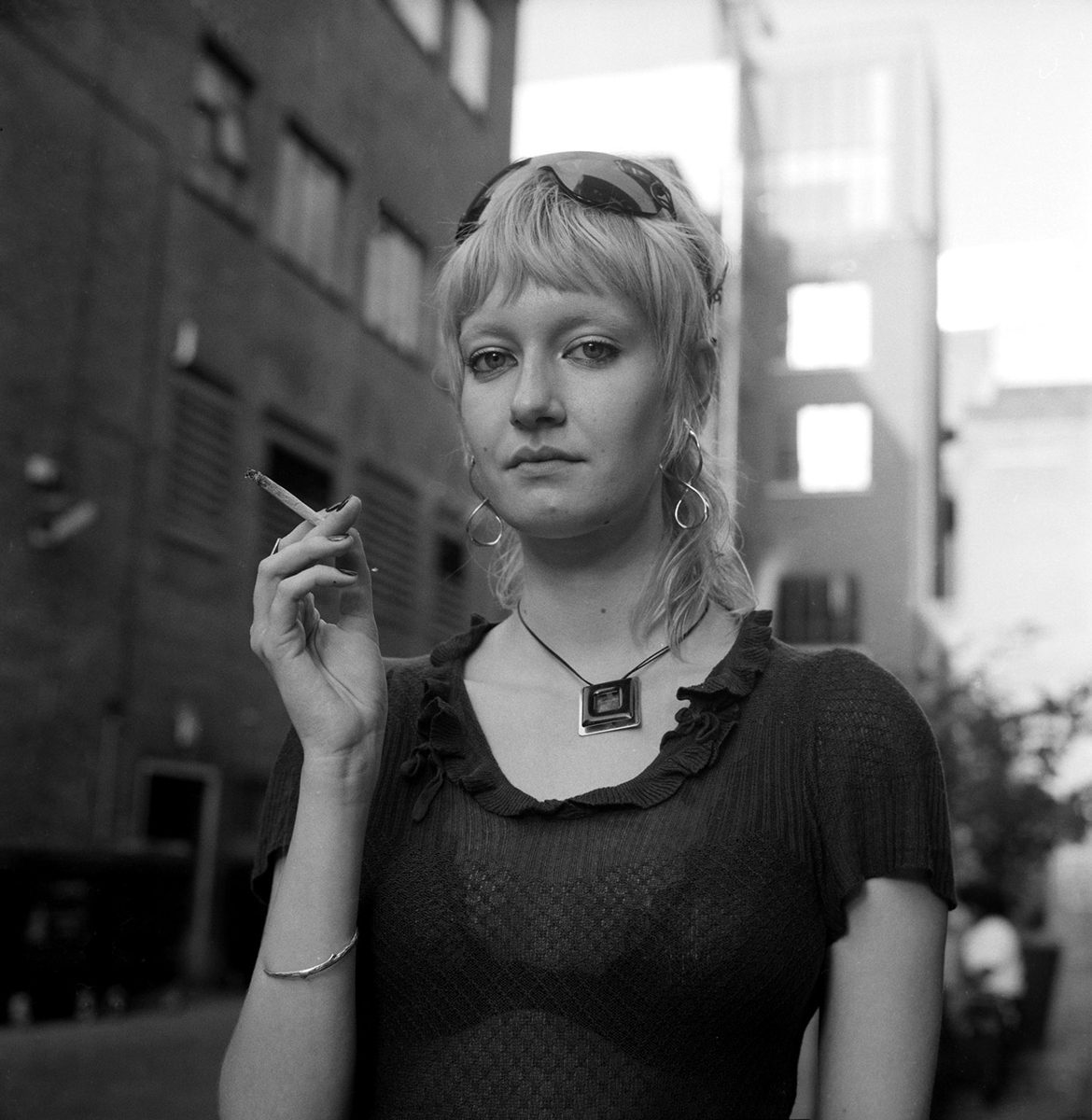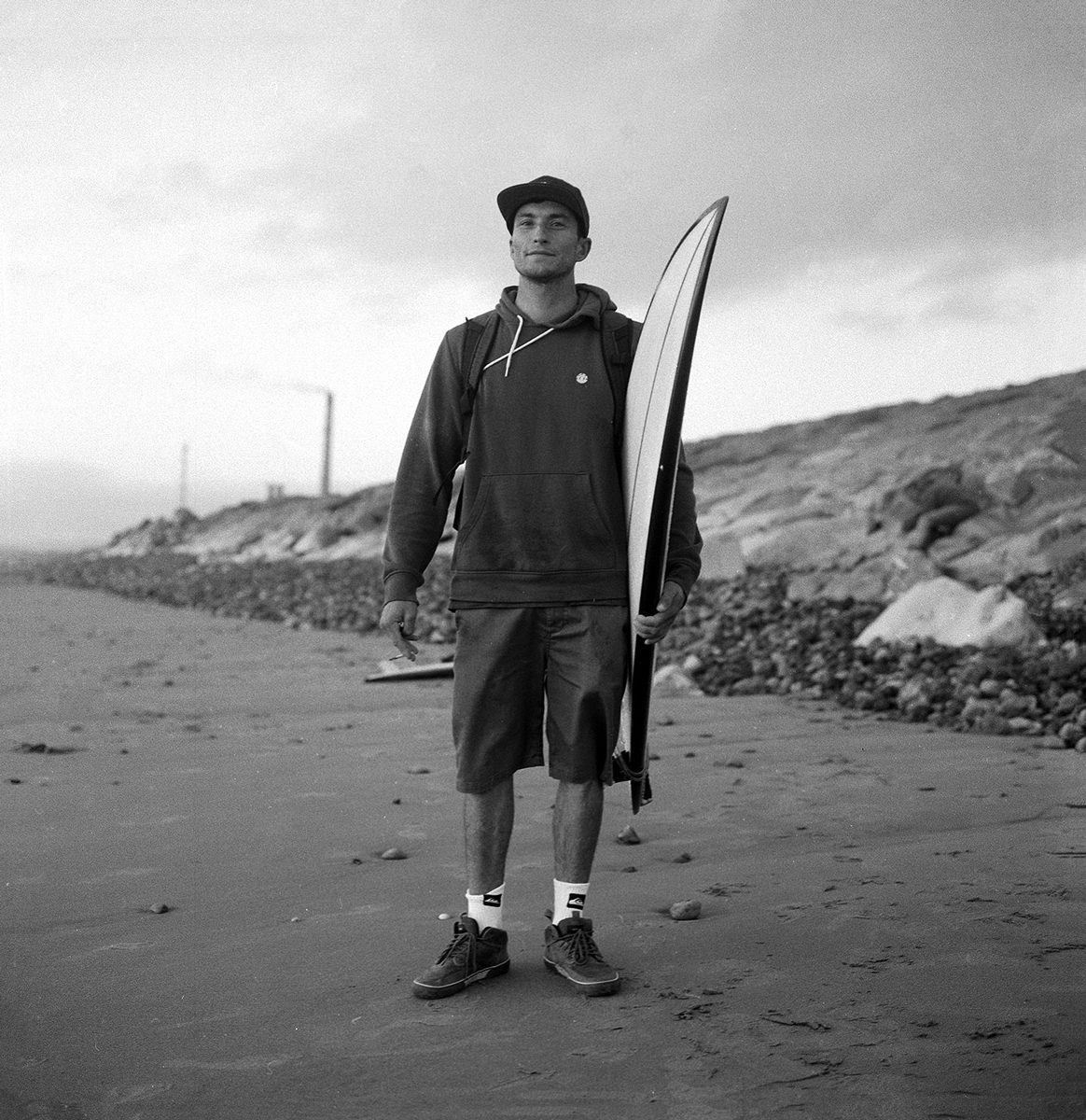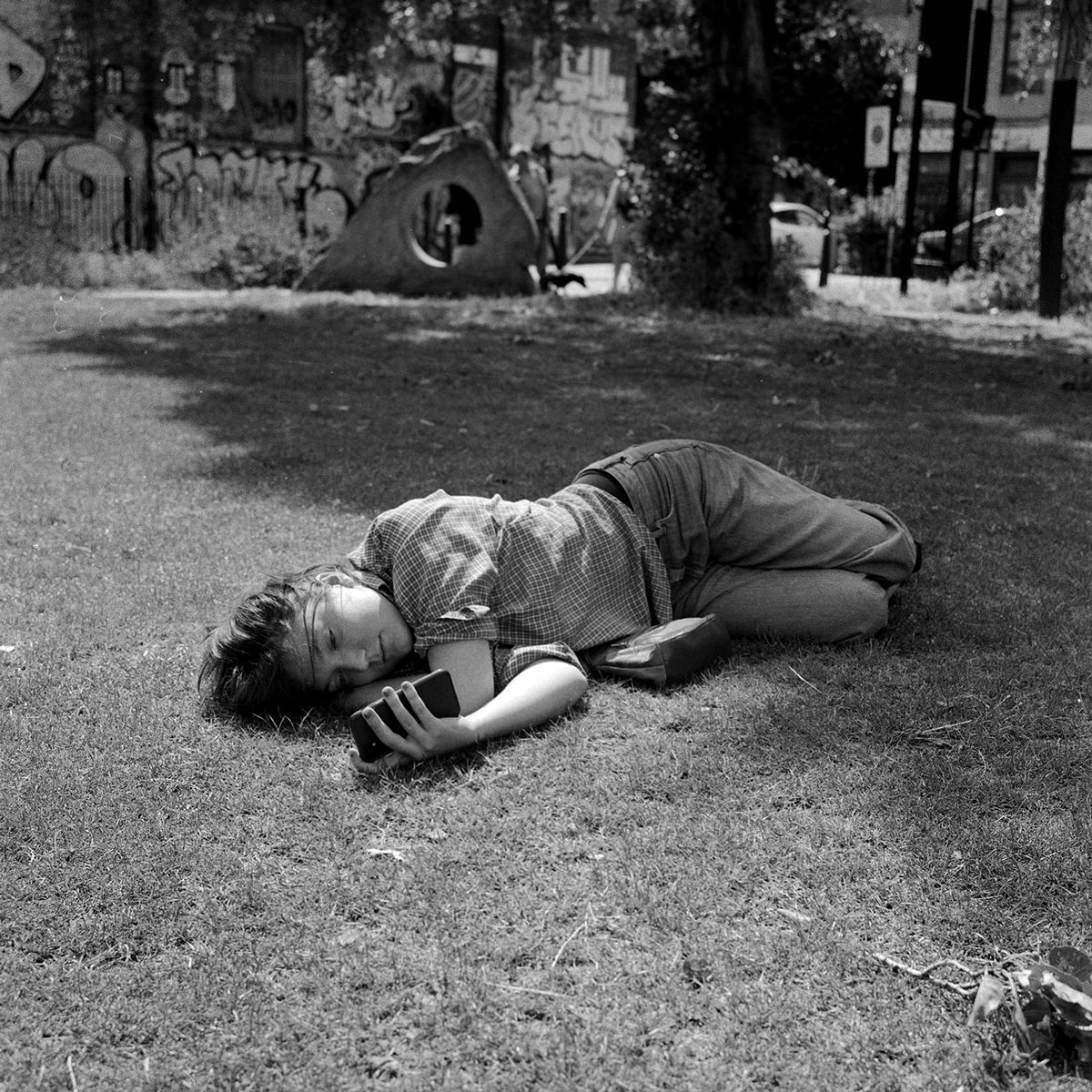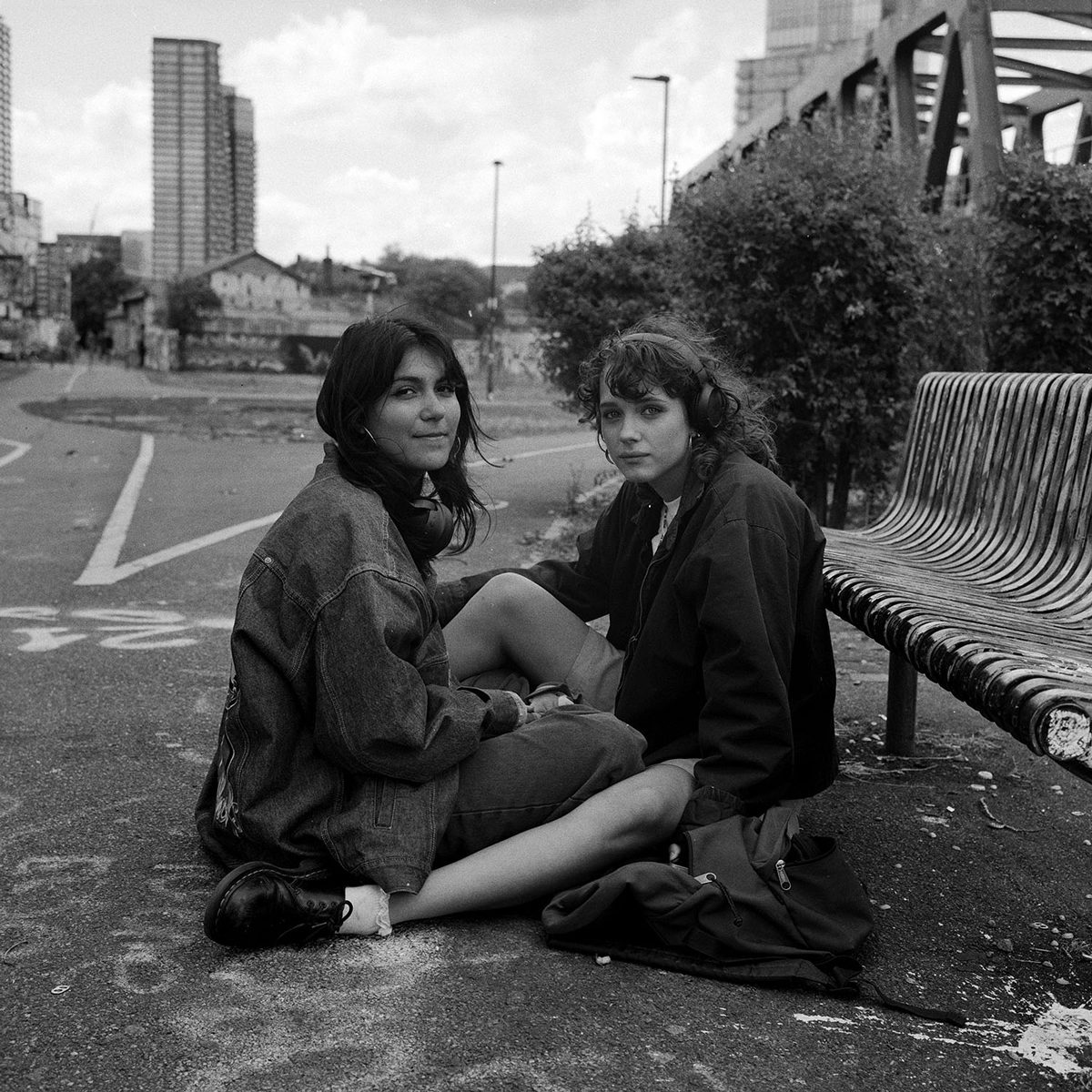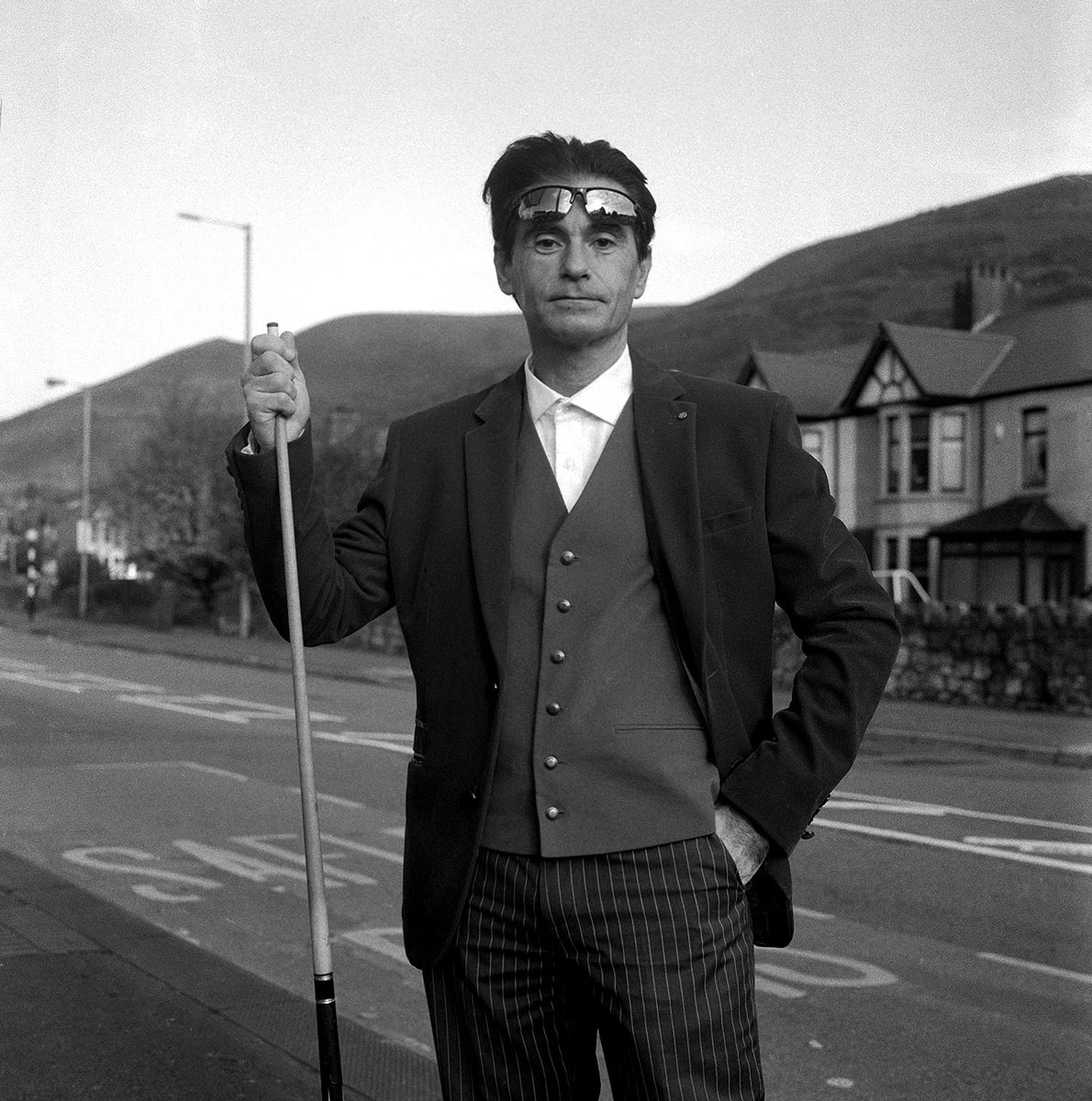Normal Service Will be Resumed Posted On 30th April 2024 To Magazine & Stories

The Truth Is
It is always with regret when I say that I never had a formal arts education. The truth is, growing up, I devalued the ability of taking a ‘decent’ picture along with whether I could kick a ball with my left foot (I can) or produce a winning back hand on the tennis court (I can’t). Photography was for holidays and special occasions and not much in between. In the days before social media and personal websites, a work colleague once asked me for printed copies of my photos after a trip to New York, and even then, I did not consider taking it seriously.
The Complexities
It was only during the final year of my Psychology Degree as a mature student, that I started to appreciate the connection between photography and trying to understand the complexities of the human lived experience. A camera allows both the distance to examine your environment and a way of forging deeper connections with different audiences. For some, asking a stranger for a portrait is akin to public speaking; bringing them out in a cold sweat at the mere thought of it. For others, capturing people on the streets is about being surreptitious in the hope of capturing a glimpse of a more authentic truth. There are, of course, photographers who prefer the laboratory like control the studio offers. Avoiding the potential chaos of the streets, variables such as lighting, set design and subject selection are all controllable within that single space.
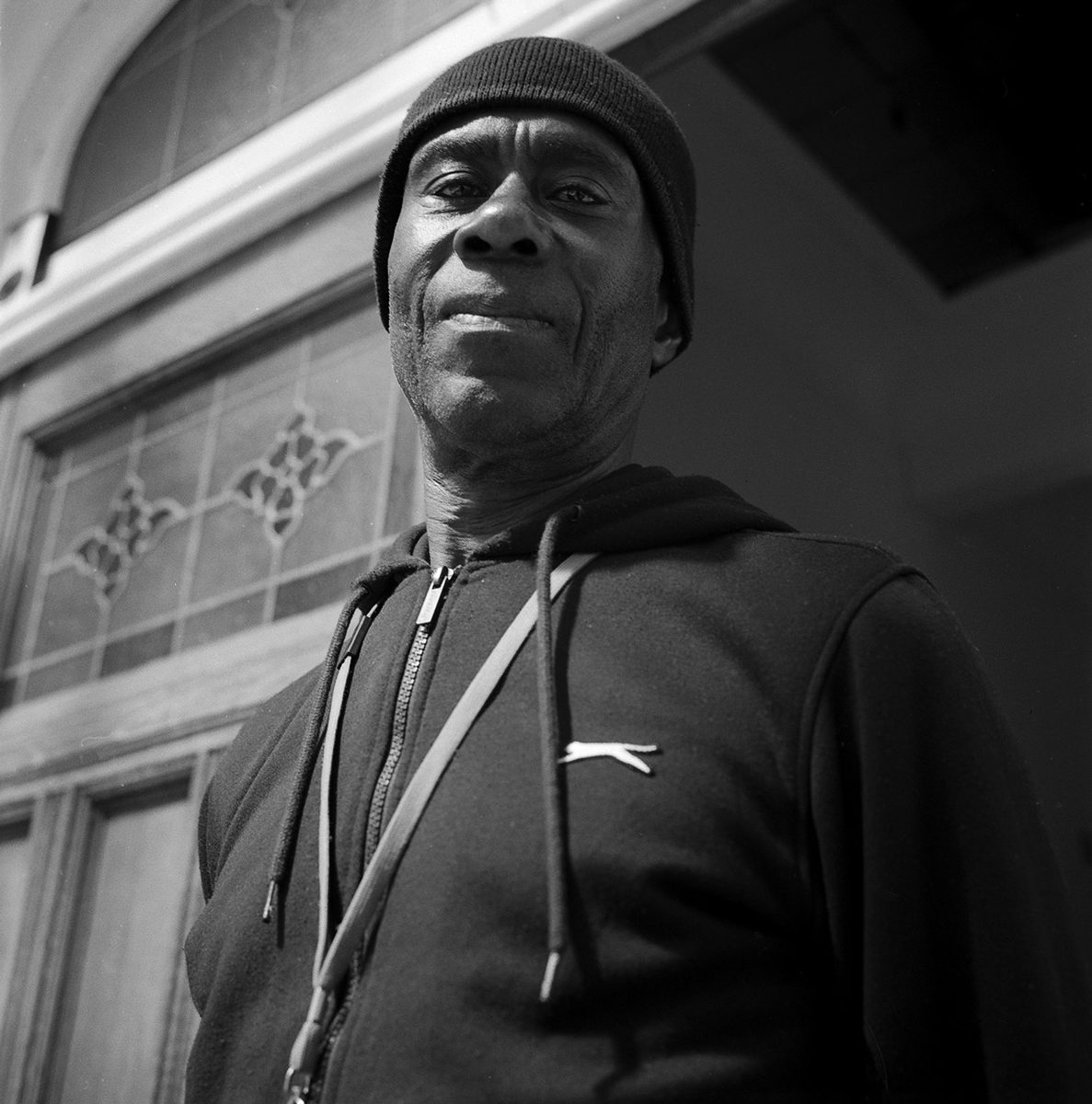
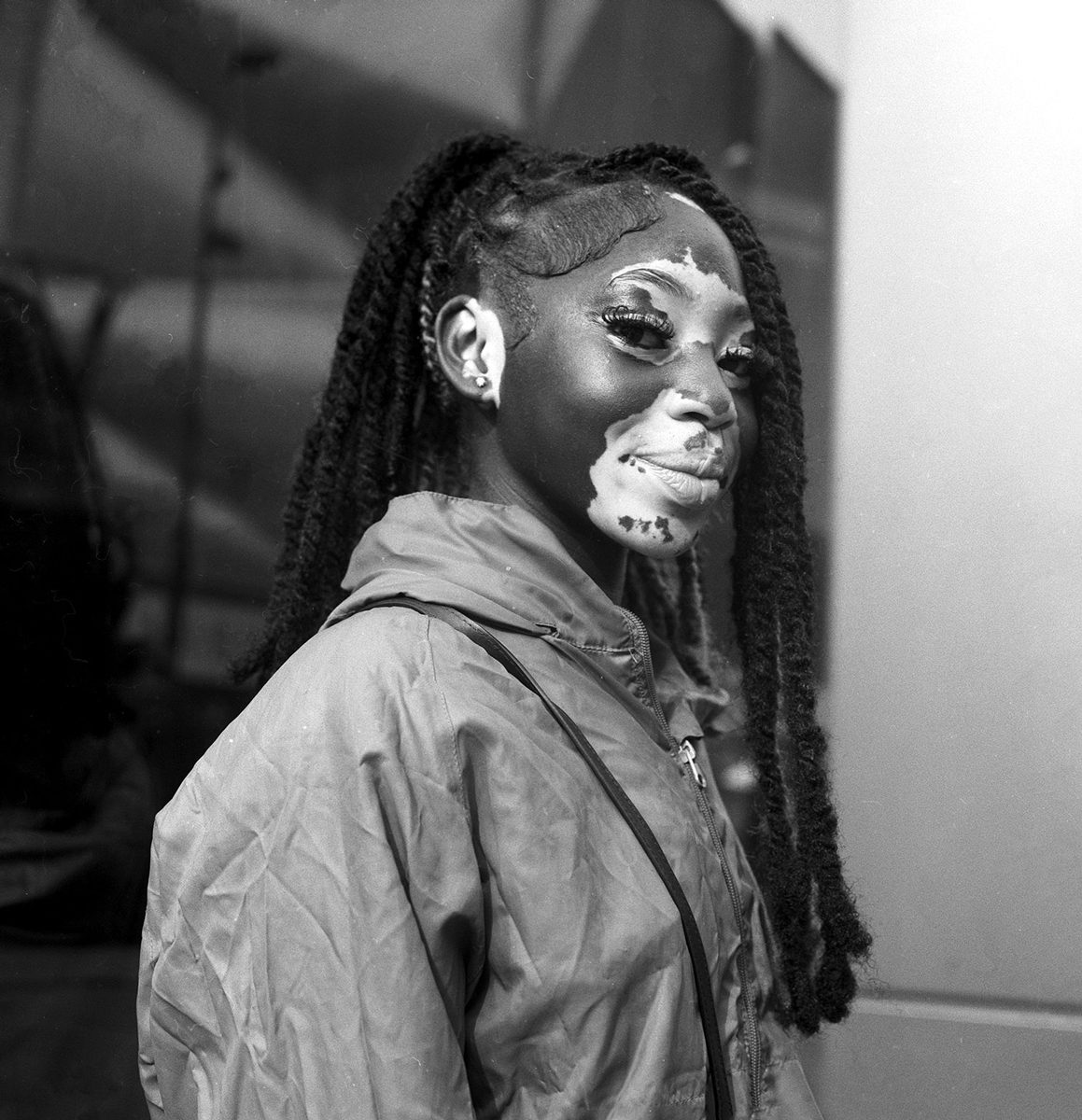
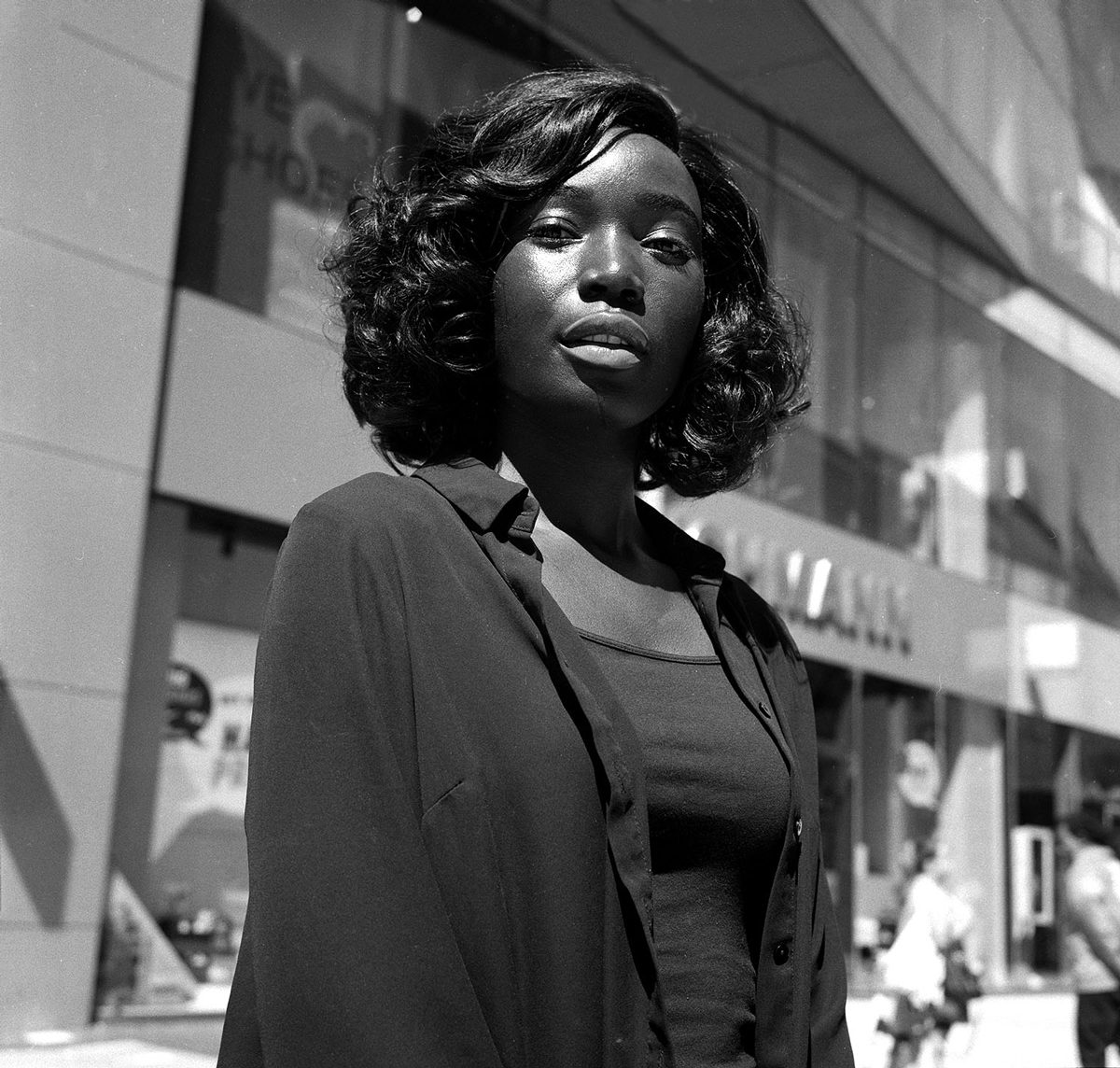
I Love All Kinds Of Photography
With my psychologist’s hat on I would argue any kind of photography isn’t a representation of any truth; but rather a construction by the photographer. Indeed, it is they who decide who and what are included in the frame in an attempt to convey meaning within their images. Whilst I love all kinds of photography, I am powerlessly drawn to the unpredictability of who my camera and I will meet around the corner. Although each meeting follows a similar pattern, it is also utterly unique to that specific interaction. It never ceases to amaze me the level of information you can learn in a short period of time. Dashed hopes, lost loves, family tragedy have all been shared at some point - although I don’t divulge these confidences beyond our brief photographic encounter. In fact, except for the date and place, I keep details to a minimum to allow the viewer to fill in the blanks. A good image will elicit a response from the viewer whether it is challenging or supporting their preconceptions and ideas.
The Therapeutic Benefits
There is more documented evidence as to the therapeutic benefits of photography. The mindfulness and feeling of flow, helping to keep less helpful thought processes at bay. I’d add that it is also a boost to mental health to make genuine connections, and for your subjects to be considered for collaboration in the creation of your images. My last project, ‘Normal Service Will be Resumed’ explored exactly this theme. Shot primarily on HP5+ and with a Rolleiflex 2.8f, the project followed my encounters on my lunchtime walk in Birmingham City Centre following the period of adjustment between and post the periods of lockdown. I began to cherish these walks, not just for their photographic potential, but the reassurance they offered that the world was still chugging along with people just getting on with life.
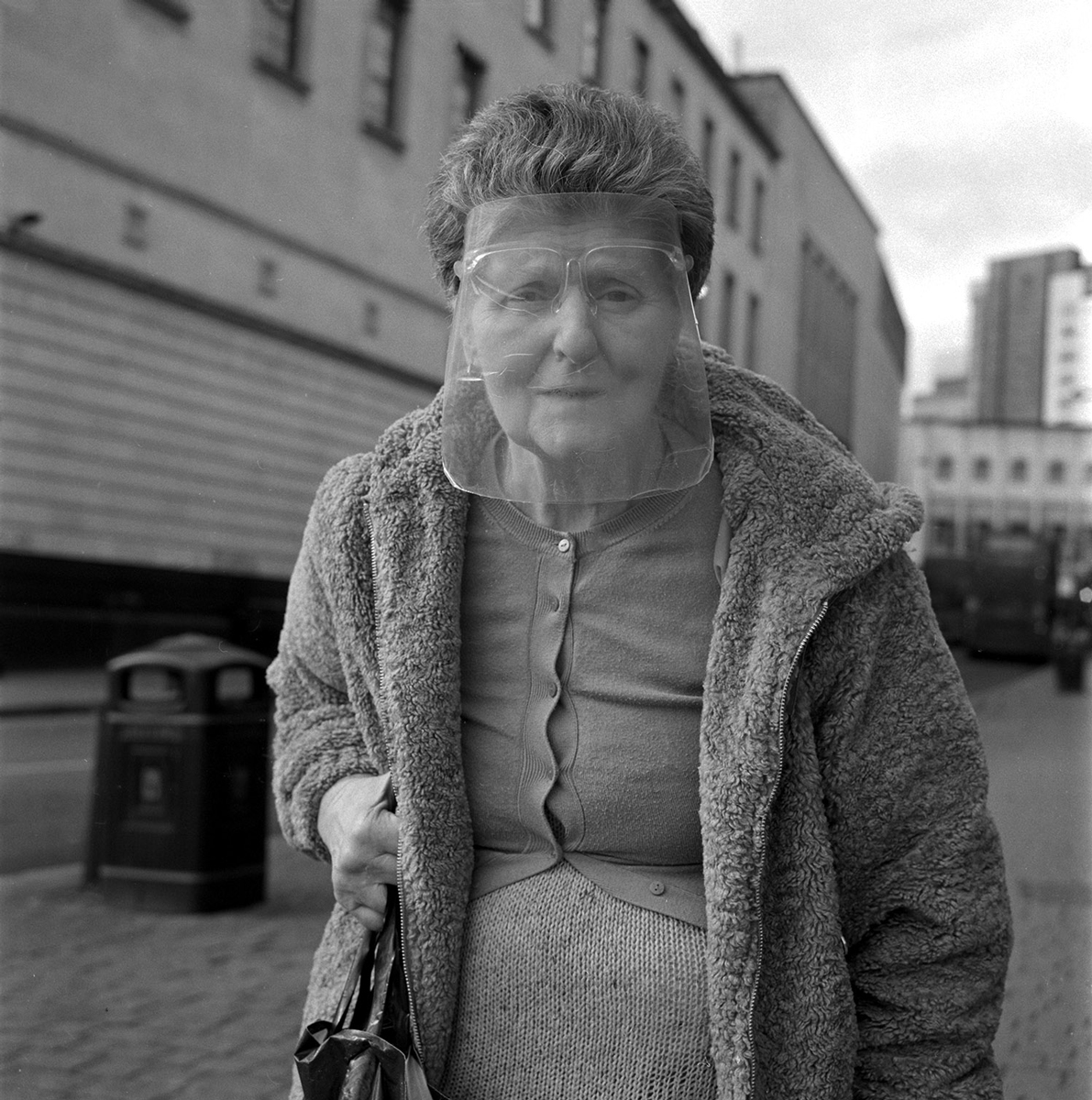
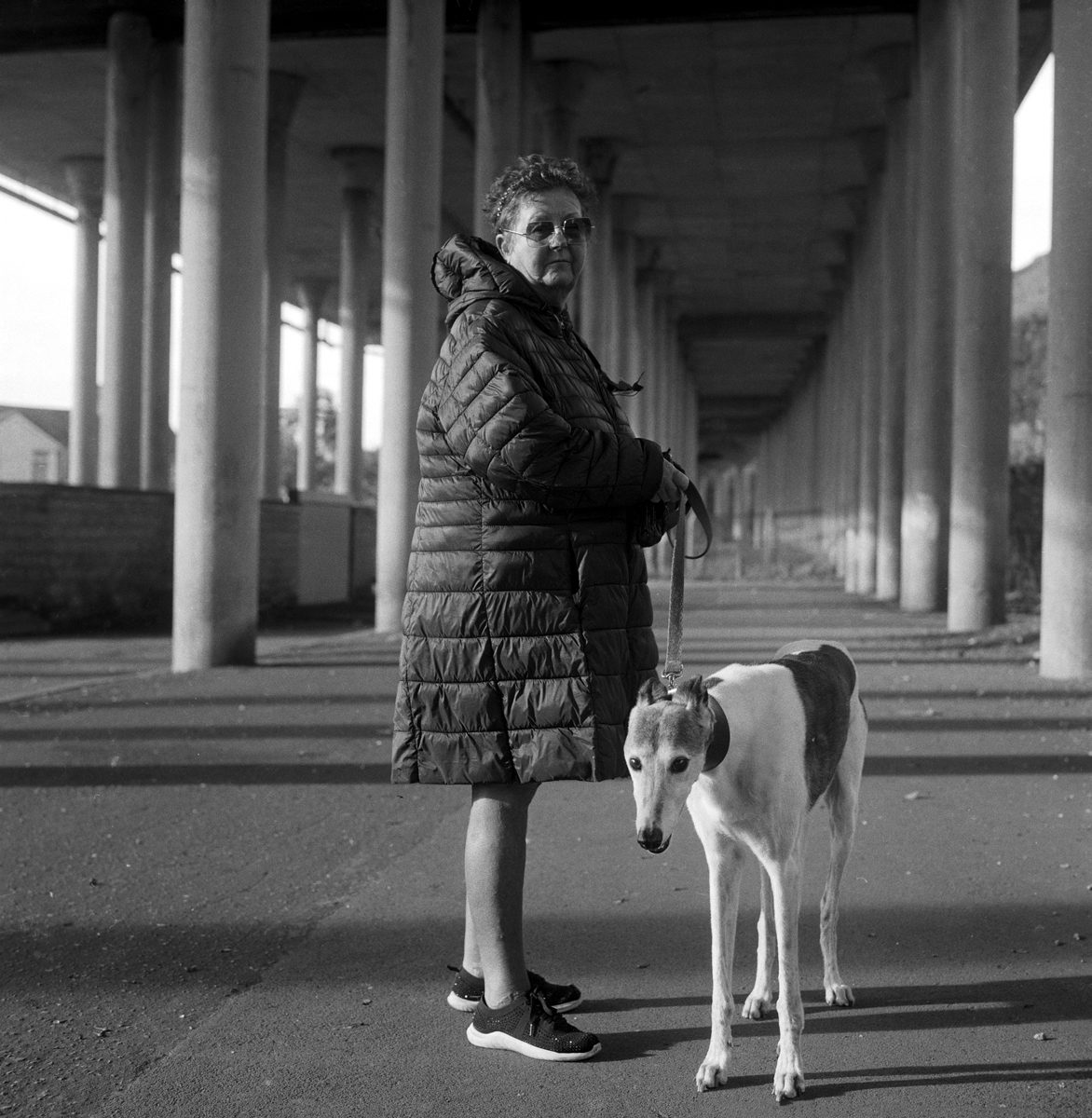
Insights
If you fancy giving street portraiture a go, I have listed some insights I’ve gathered over years that I hope will help.
- Always be aware why you want to take that person’s portrait - was it their style, demographic, personal attribute like eyes or hair? Telling someone what drew you to them is a wonderful way to respond to the ‘why me’ question.
- Create with noble intent as it is important to represent people fairly.
- Don’t be nervous - remember you are doing a valuable thing by adding to our understanding of how we live today, which can be examined in the future. There is also suspicion of nervous people and you are far more likely to be rejected.
- A classic camera such a Rolleiflex or TLRs is a great conversation starter. Making it much easier to ask to create a portrait.
- If you don’t work with a TLR, frame your subject from a lower position as it provides a perspective of dynamism and strength.
- Work quickly - what can be an entertaining interlude can quickly turn in to an annoying interruption if you are taking too long.
- You should be able to get what you need within 4 frames, including head, mid length and full-length shots.
- A little direction is reassuring - people want to help you get the best out of them.
- Unless it is spontaneous, I ask people not to smile to avoid the accidental grimace and preprepared ‘camera face’.
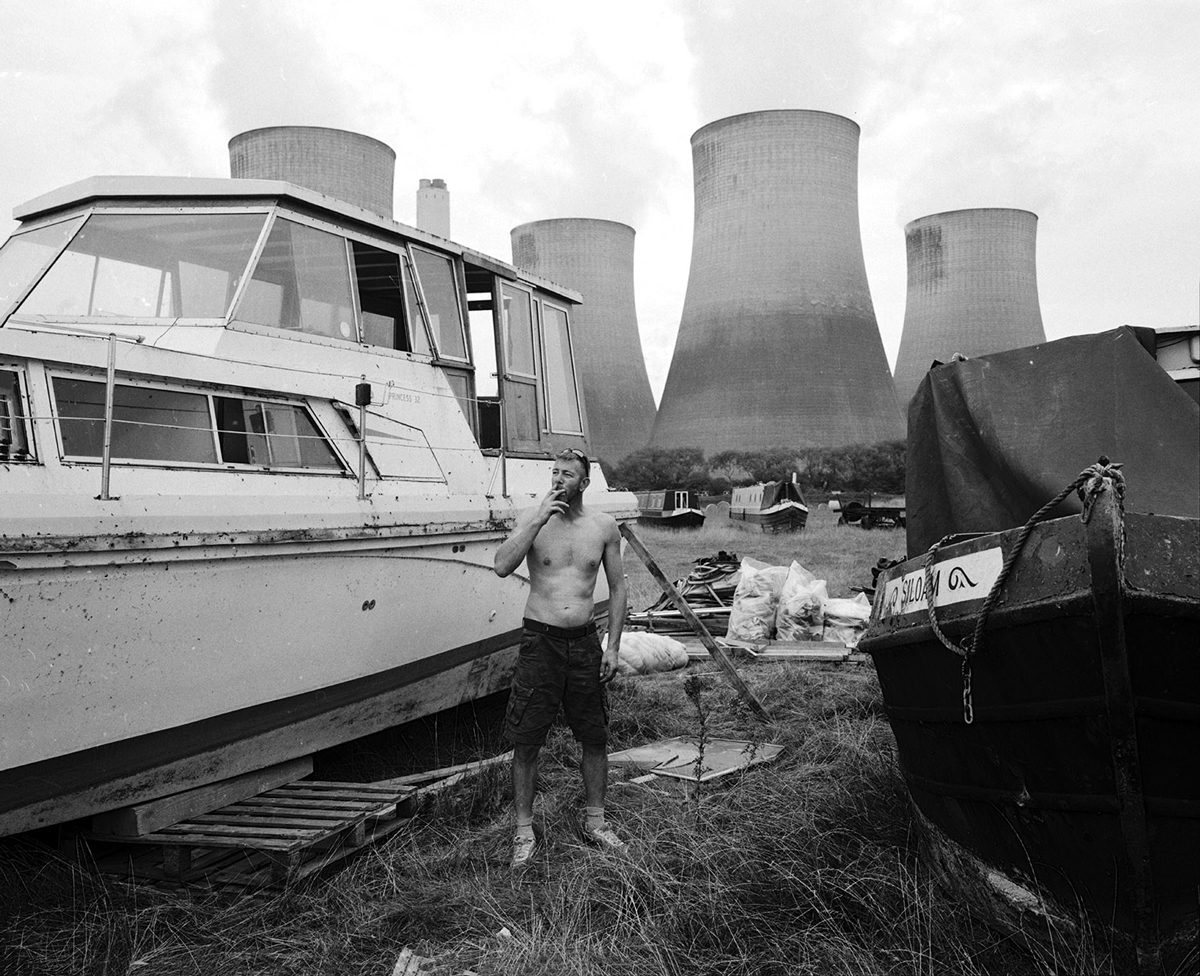
©Matt Peers
About The Author

Matt Peers
Matt Peers (b.71) is a self-taught photographer from Birmingham, UK. His work focuses on portraiture and themes based upon the lived experience within the built environment. As well as being featured in The Guardian, his zine, ‘Normal Service Will Be Resumed’ was mentioned within the top self-publish zines and books of 2023 by Framelines Magazine.
IG @mattjpeers
Zine: https://www.mattpeers.photography/normal-service-will-be-resumed







